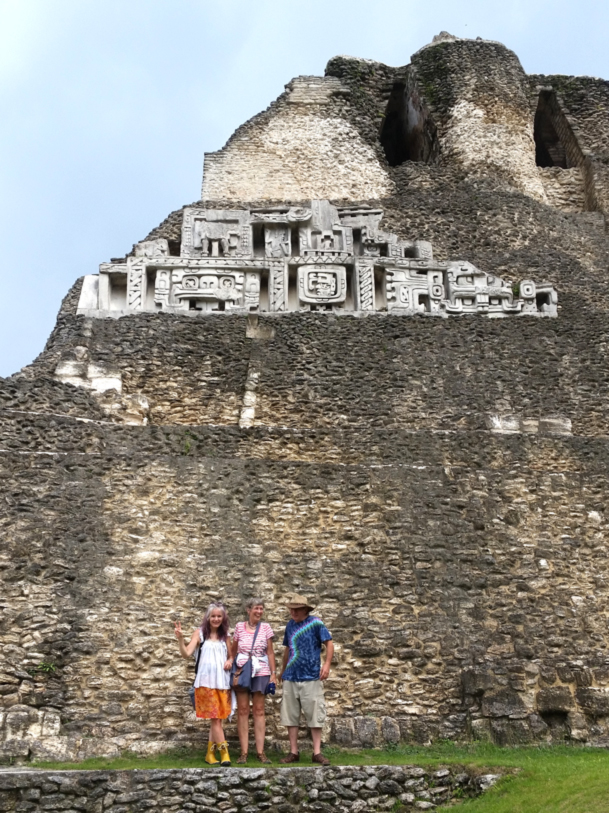
Xunantunich (say shoo-NAN’-too-nich), which means “stone woman” in Yucatec Maya, is an archaeological site which lies on the other side of the Mopan River from the village of San Jose Succotz, just northeast of Benque.
If you watch the mountains to the west as you travel the Western Highway from San Ignacio to Benque, you can actually see the largest temple on the horizon.
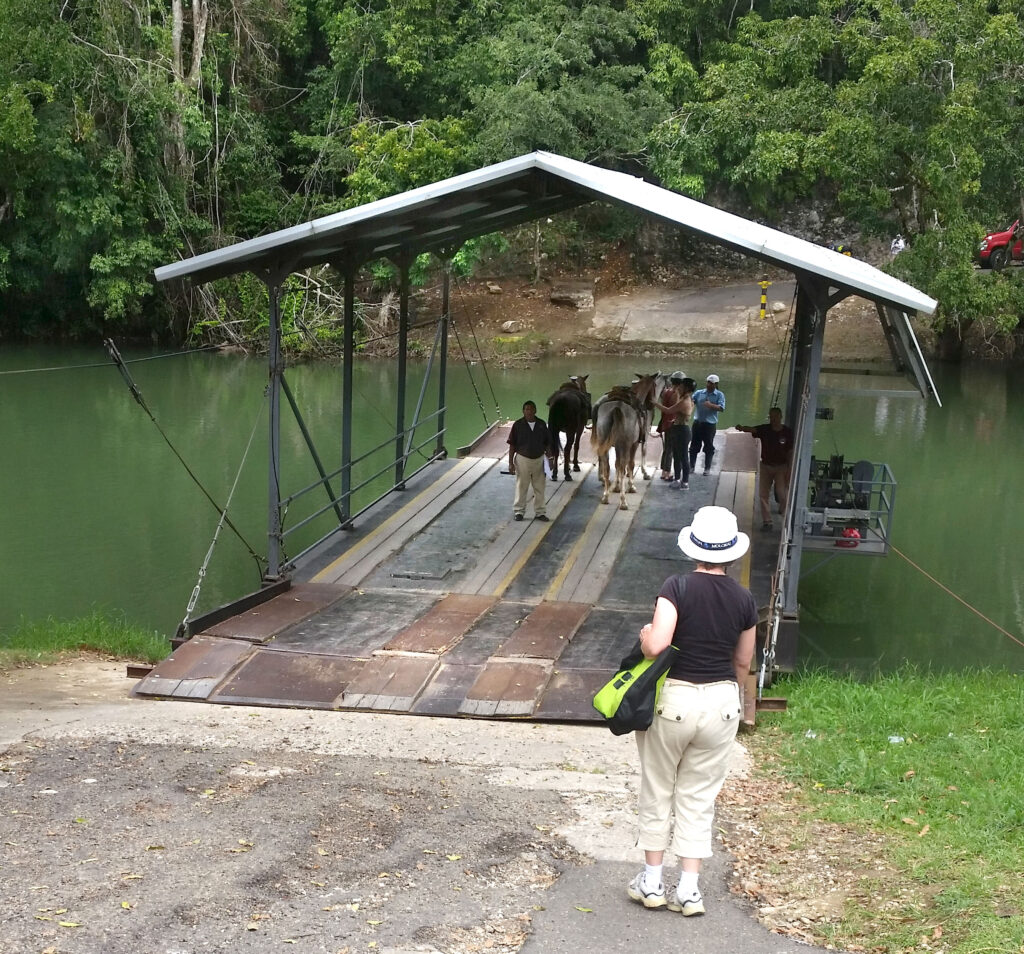
From the same highway, at Succotz, you can spot the little hand-cranked ferry which normally carries visitors across the river between 8 am and 4 pm daily (this may vary, so check it out before making plans). It transfers people, horses, and vehicles, and the ferry is definitely part of the charm in getting to your destination. It is the only public access to Xunantunich. Few people notice the bat colony clinging to the underside of a leaning tree where the ferry disgorges passengers on the Xunantunich side.
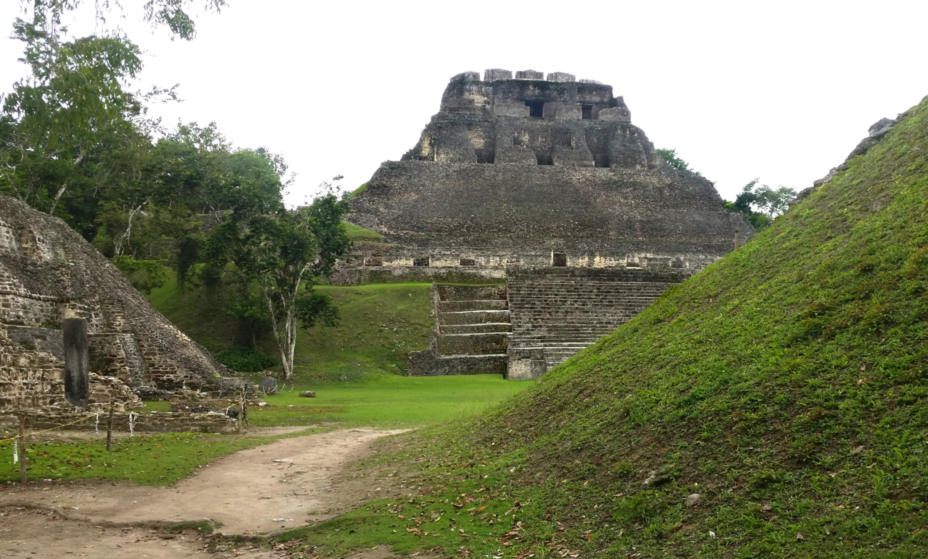
Once across the Mopan, you can walk to the site which is less than a mile from the river. The road is paved but steep in places, so most visitors take their car, a taxi, or a tourist bus to the parking area, then walk around the site complex. There are restrooms, picnic areas and a gift shop which sells drinks, snacks and souvenirs. Watch for howler monkeys in the trees all around the archaeological site.
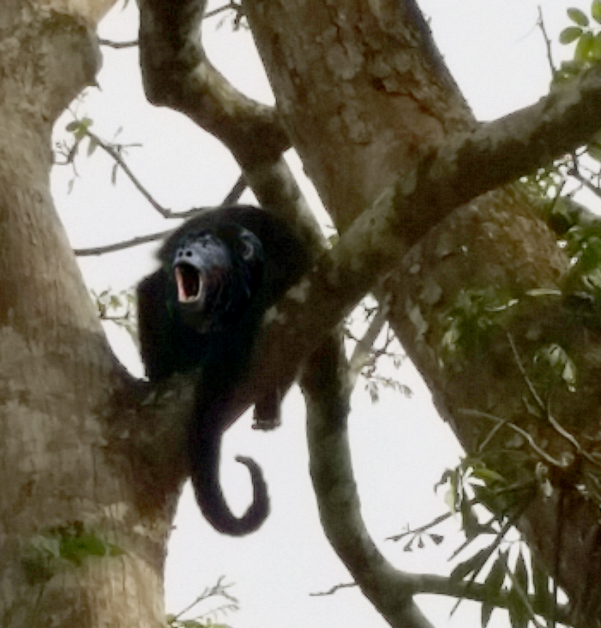
Xunantunich is a Classic Period ceremonial center. In comparison to other neighboring sites, its history is relatively short, most likely beginning with a small village at the site around 600-300 BC. Xunantunich rose to prominence and declined between AD 700 and 1000.
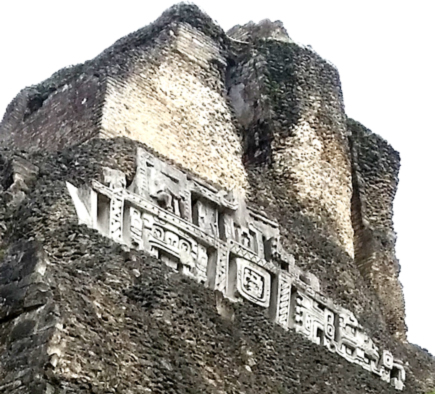
The site core occupies only 300 square meters but the periphery covers several square kilometers. The highest ruin is 133 feet tall, the second tallest temple in all of Belize. There are six major plazas, about 25 temples and palaces, and a ball court. The most prominent structure, El Castillo, is often misinterpreted as the primary temple of the site, but this large structure most likely served as dwelling, a shrine and the administrative hub for the center. The eastern and western summits of El Castillo feature detailed carved friezes representing astronomical symbols, the sun god, the moon and Venus. Iguanas now bask lazily in the ruins.
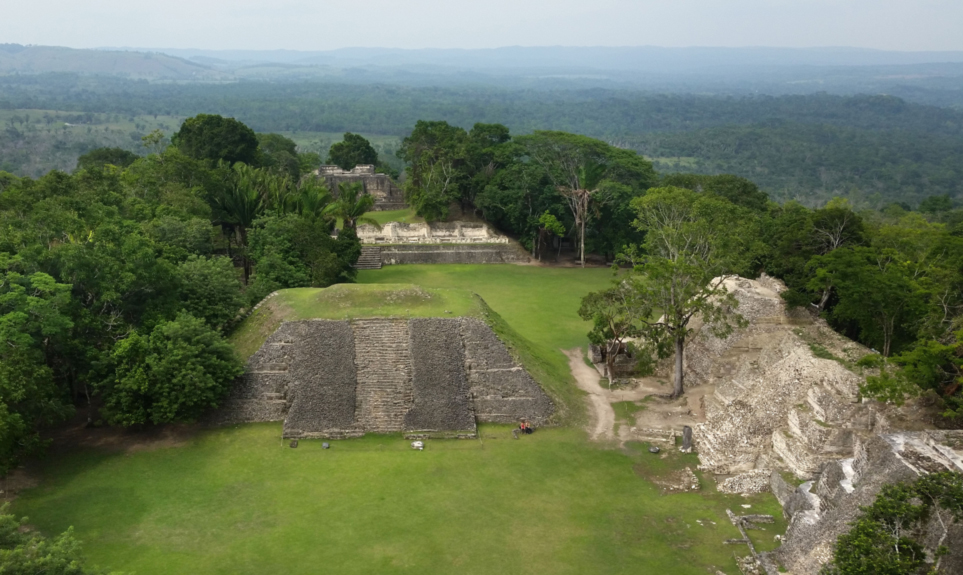
Climb to the top for a superb view of the site and the surrounding countryside.

Xunantunich was first explored in the 1800’s but activities at the site were abandoned until 1924, when excavations unearthed many Maya treasures which have since been scattered to unknown locations. Since that time, a number of better regulated excavations have been made, including continuous excavations and restorations since 1990 by the University Of California. The visitor center displays a model of the site, photos, maps and explanations showing how Xunantunich developed.
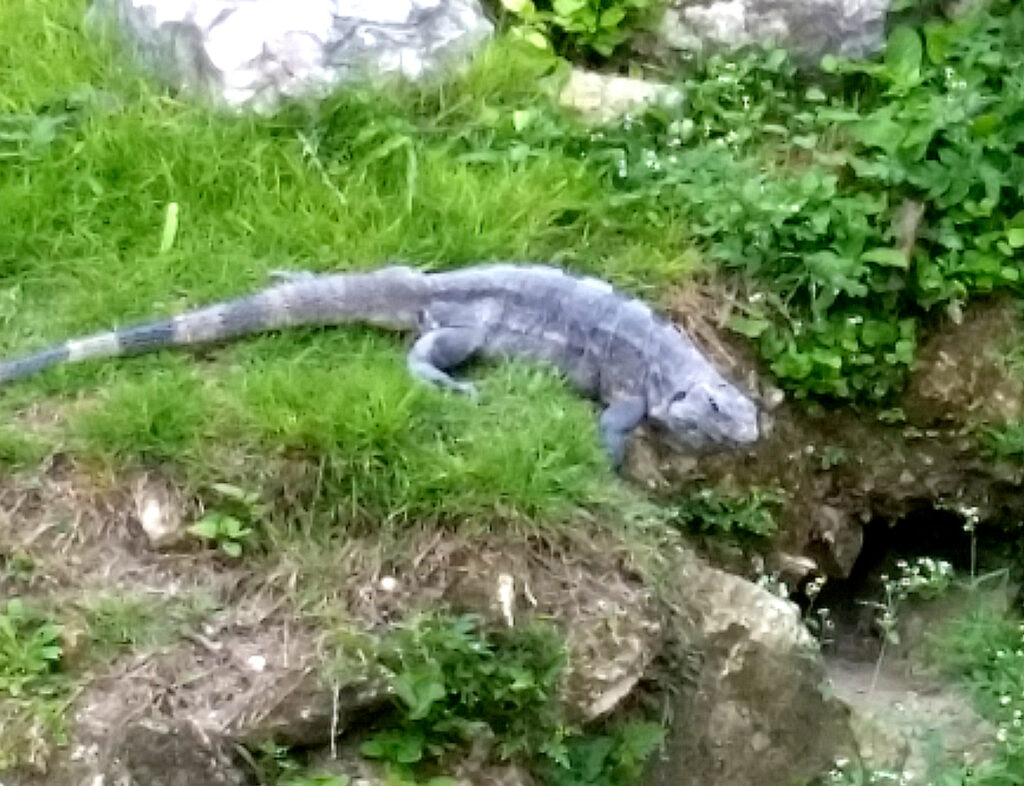
The Belize Tourism Development Project has invested over half a million dollars to excavate the site and make the information accessible to visitors. An easy, half-day excursion, this is a fascinating trip into Belize’s Mayan past that still leaves you time to shop at the curio shops on the near side of the river (if they are open for business), pick up groceries or take-out on your way through town, and be home in time for dinner.